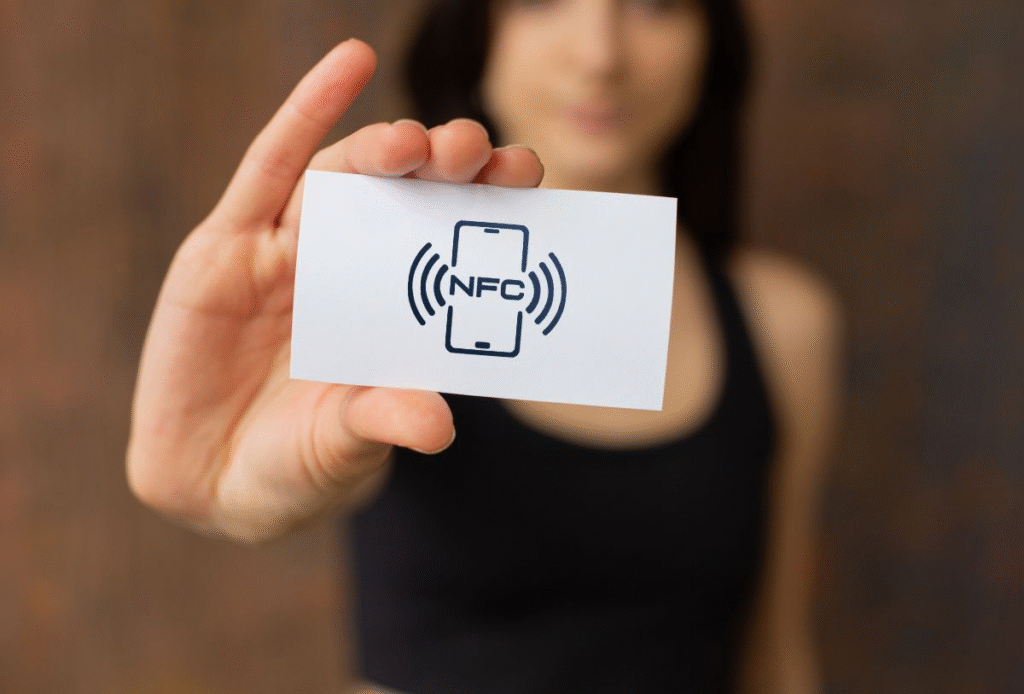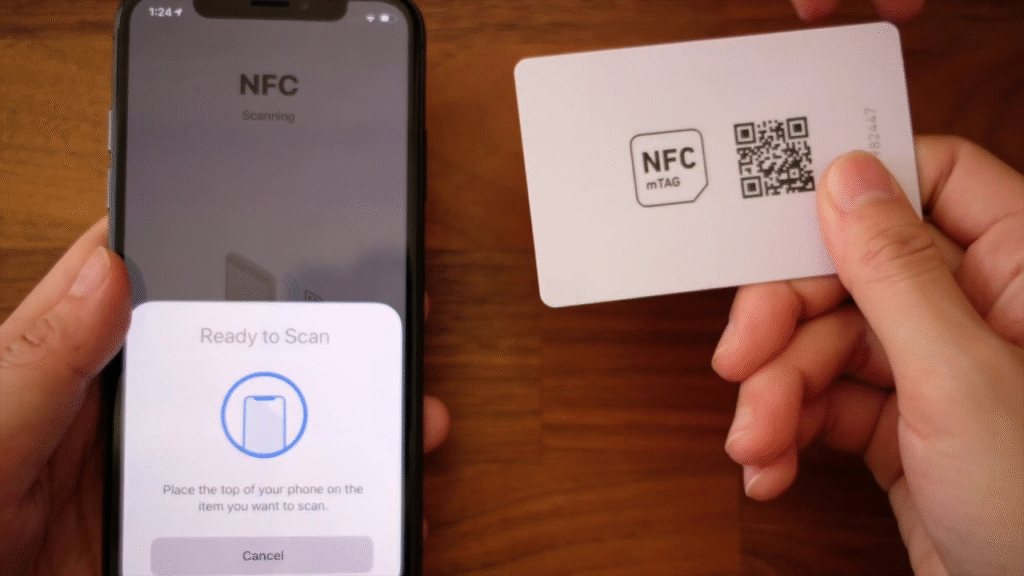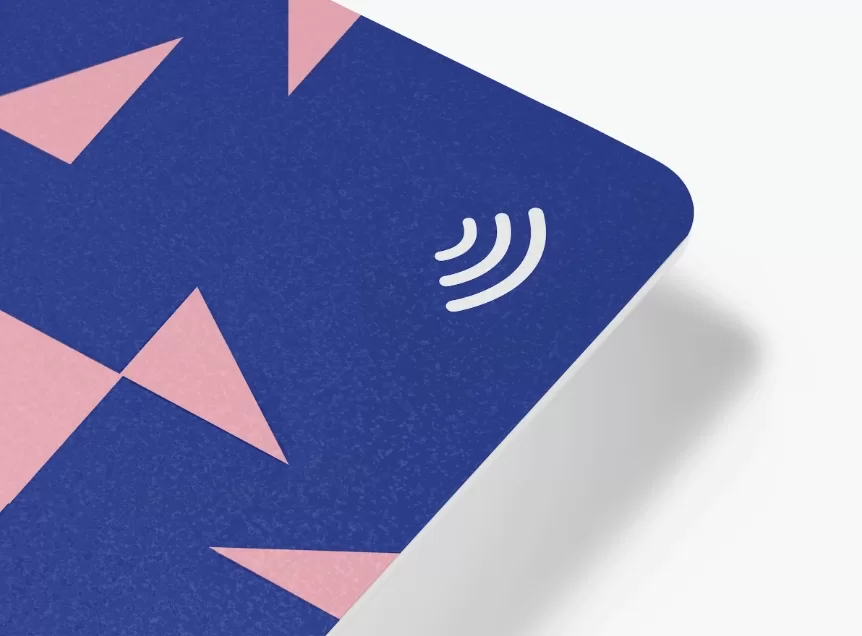
Why Dual-Frequency Card Offer the Best of Both RFID and NFC Worlds
Many industries, including transportation, finance, and security, require systems that support both short-range mobile interactions and longer-range readers. A Dual-Frequency Card, with both RFID and NFC capabilities, can easily handle both scenarios. This reduces infrastructure complexity and improves user convenience. Furthermore, as more devices adopt NFC and RFID standards, interoperability will become a key advantage.
RFID and NFC complement, not compete
RFID technology excels in long-range reading, making it ideal for secure facility access and asset tracking. NFC, on the other hand, is designed for secure, short-range transactions, often used in smartphones and smartcards. Together, they form a powerful duo. A Dual-Frequency Card supports both technologies, allowing it to operate in a wide range of environments.
For example, a company could use the RFID component for building access while leveraging NFC for time and attendance logging. This duality reduces the need for additional devices and simplifies system design. Moreover, a Proximity Card with dual-frequency capability improves operational efficiency across the board.

Enhanced User Experience and Efficiency
User satisfaction is often tied to the seamless operation of a system. With a Dual-Frequency Card, users can use a single card for multiple functions. This not only reduces wallet clutter but also streamlines workflows. Whether you’re tapping into a metro gate or unlocking an office door, the experience remains consistent and fast.
This consolidated access is handy in environments with high throughput, such as airports or universities. Additionally, integrating RFID and NFC functionalities into a single card reduces staff training time and simplifies troubleshooting, as only one device needs to be managed and maintained.
Improved Security Features and Compliance
Security is paramount in any access or payment system. Dual-Frequency Cards support encrypted communication across both RFID and NFC interfaces. They can be integrated with modern authentication protocols, such as AES and DESFire, for enhanced protection. This makes them suitable for applications in healthcare, finance, and government.
Furthermore, many regulatory frameworks require multi-layered authentication. A Dual-Frequency Card can serve these needs efficiently. By incorporating Proximity Card technologies, organizations can meet compliance standards while still offering a user-friendly experience.

Versatility in Deployment Environments
Deployment environments vary widely. From urban campuses to industrial warehouses, flexibility is key. Dual-frequency cards are ideal for diverse settings because they can be used with a variety of readers and access systems. Their backward compatibility with legacy RFID infrastructure is another major plus.
Moreover, companies that operate across international markets can benefit from the card’s broad compatibility. Whether it’s a European public transport system using NFC or a North American facility relying on RFID, the Dual-Frequency Card bridges the gap effortlessly.
Cost-Effective and Scalable Solutions
Despite their advanced features, Dual-Frequency Cards can reduce costs over time. Instead of purchasing and maintaining two separate systems, organizations can rely on a unified platform. This not only lowers the initial investment but also reduces long-term operational costs.
Moreover, the scalability of these cards allows for future expansion. As companies grow or diversify their operations, they can often continue to use the same infrastructure. The Proximity Card functionality ensures easy upgrades and seamless integration into evolving ecosystems.

The Role of Proximity Card in Multi-Frequency Solutions
The term “Proximity Card” is often associated with RFID; however, in the case of a Dual-Frequency Card, it plays a broader role. It allows seamless interaction with existing RFID systems while supporting new NFC initiatives. This hybrid capability enhances backward compatibility and enables stepwise upgrades.
By incorporating Proximity Card technology, dual-frequency solutions become more adaptable. This makes them ideal for phased rollouts and retrofitting older systems. Whether in a smart city project or a multinational corporation, such flexibility is a game-changer.
Why a Dual-Frequency Card is a Smart Investment
Dual-Frequency Card delivers unmatched versatility, security, and convenience. It bridges the gap between legacy RFID systems and emerging NFC technologies, offering a single solution for multiple needs. Its Proximity Card component ensures compatibility with existing infrastructure while supporting advanced mobile applications.


